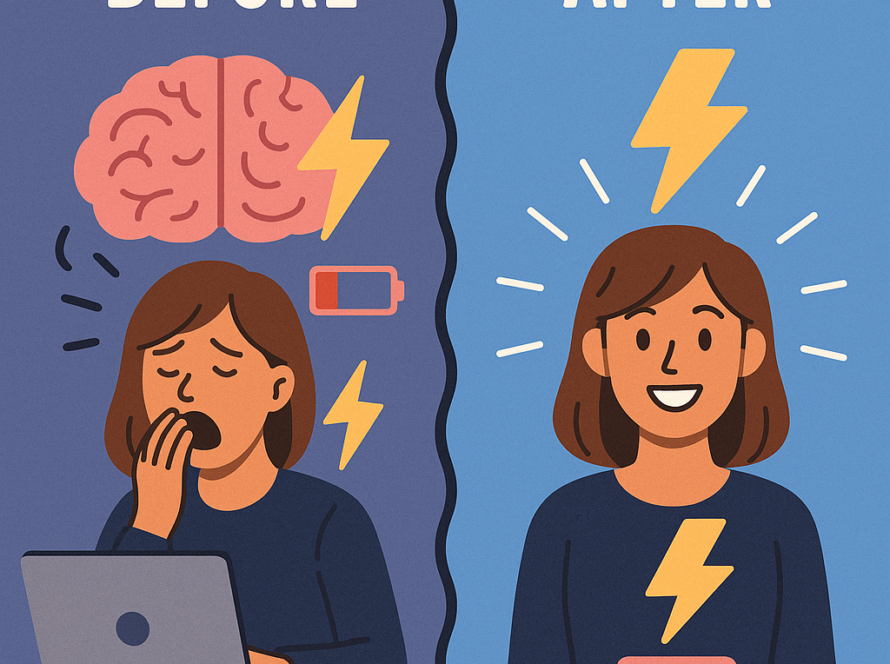What if words aren’t enough to heal? For many clients—especially those grappling with trauma, anxiety, or communication barriers—traditional talk therapy can feel limiting. That’s where art and expressive therapies shine. By using creativity as a bridge, therapists can help clients explore emotions, process pain, and find hope in ways words alone can’t. Let’s dive into how you can integrate these powerful tools into your practice.
What Are Art and Expressive Therapies?
Art and expressive therapies use creative processes—like painting, music, dance, or drama—to help clients express and understand their emotions. Unlike traditional therapy, these methods:
- Bypass language barriers for clients who struggle to verbalize feelings.
- Engage the senses to access deeper parts of the brain.
- Reduce resistance by making therapy feel less intimidating.
Example: A child with selective mutism might draw their fears instead of talking about them.
Why Art Therapy Works: Science Meets Creativity
Research shows creative therapies:
- Lower stress hormones like cortisol.
- Improve emotional regulation by activating the brain’s reward centers.
- Build self-awareness through symbolic expression (e.g., using colors to represent moods).
Real-life impact: A trauma survivor used clay sculpting to process memories they couldn’t articulate verbally, leading to breakthroughs in EMDR sessions.
How to Integrate Art and Expressive Techniques (Even If You’re Not an Artist)
1. Start Simple with “Art as Conversation”
- Ask clients to sketch their mood (e.g., “Draw what anxiety looks like to you”).
- Use collages to explore identity or goals.
Pro tip: Focus on the process, not the product. No artistic skill is needed!
2. Music and Movement
- Play calming music during mindfulness exercises.
- Use guided dance to help clients reconnect with their bodies after trauma.
3. Role-Playing and Drama
- Act out stressful scenarios to practice coping skills.
- Use puppets with children to discuss family dynamics safely.
4. Journaling with a Creative Twist
- Combine writing with doodling or poetry.
- Create “anger pages” where clients scribble or rip paper to release emotions.
Overcoming Common Challenges
- “I’m not trained in art therapy!” → Partner with a certified art therapist or take short courses (many are online!).
- “My clients might resist.” → Normalize creativity as a tool, not a test. Say, “Let’s try something different today—no right or wrong answers.”
- Space and budget limits? → Use affordable supplies like crayons, magazines, or digital apps.
Case Study: Art Therapy in Action
Sarah*, a teen with social anxiety, refused to speak in sessions. Her therapist introduced mask-making:
- Sarah decorated a mask showing “how I look to others” (bright colors, smiles).
- She created a second mask for “how I feel inside” (dark shades, cracks).
- Discussing the contrast helped her open up about loneliness and fear of judgment.
*Name changed for privacy.
Ethical Considerations
- Consent: Explain how creative methods will be used and stored (e.g., artwork privacy).
- Cultural sensitivity: Avoid assumptions about symbols/colors (e.g., red may mean love or danger depending on context).
- Scope of practice: Refer clients to specialists for deep trauma work if needed.
Final Thoughts: Creativity Is a Superpower
Art and expressive therapies aren’t just “add-ons”—they’re transformative tools that meet clients where they are. Whether you’re scribbling stick figures or choreographing stress-relief dances, creativity can unlock doors that words leave closed.
Ready to explore further? Reach out to us at +91-9310885868 – we’re here for you.
Have you used art or expressive techniques in your practice? Share your favorite activity below!



